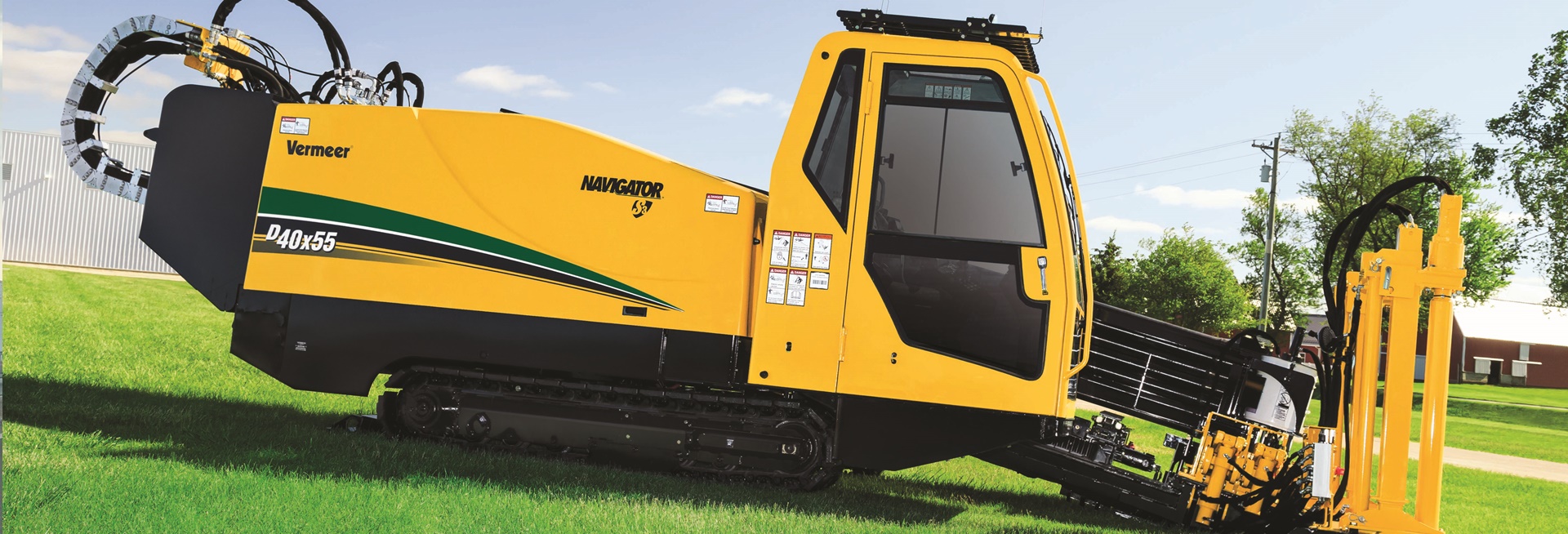
Driving and pushing underground pipe is a horizontal drilling method often used to locate pipelines or utilities. These processes are generally used to lay or transport pipes underground without excavation. Here are some basics about driving and pushing pipe underground:
Working Principle: Driving and pushing pipes underground usually involves the use of specially designed equipment. This equipment usually includes a system used to push or drive pipes underground.
Equipment: The main equipment used in these operations is usually a push head or drive, in-pipe trucks, mini excavators or push machines. These equipment provide power to push or drive the pipe underground.
Ground Preparation: The process usually begins with the preparation and conditioning of the ground. In some cases, the ground may need to be softened or loosened.
Pipe Types: Driving and pushing underground pipes can be used for various pipe types, generally between 1200 mm and 3000 mm in diameter. Pipes used for different purposes such as water pipes, sewer pipes, natural gas pipes can be placed underground with this process.
Pushing or Driving Technique: The pushing head inserts the pipe into the ground, usually by being pushed or driven by a power source. This is often a faster and more economical method of laying pipes without digging.
Application Areas: Underground pipe driving and pushing processes are generally used in urban infrastructure projects, laying water or sewer lines, installing natural gas lines and similar construction projects.
Environmental Advantages: This method creates less environmental impact than traditional open pit excavation methods. Since the pipe is laid without excavation, it affects traffic and the environment less.
Driving and pushing underground pipe is a horizontal drilling method that can be preferred depending on the requirements of the project and ground conditions.
